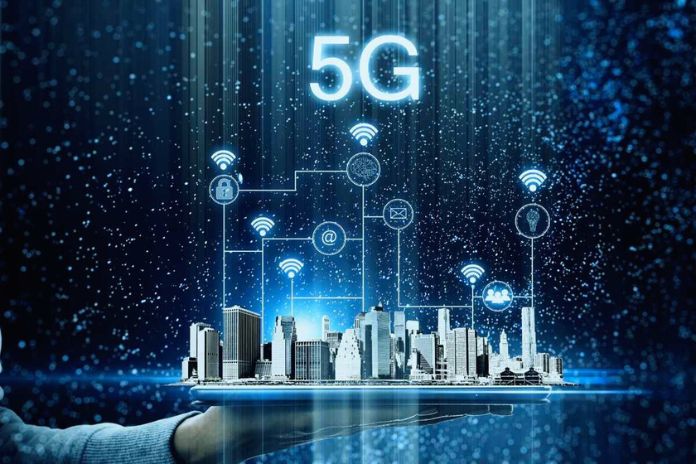The next generation of cellular network connectivity brings more speed and new possibilities for media consumption and interaction and, unfortunately, attack options for criminals. See how 5G changes the entire mobile internet landscape.
Approximately every ten years, the Internet via the cellular network undergoes a tremendous technological leap. New generations of connection technologies are released to the public and offer exponentially higher speeds, opening up massive media and interactivity possibilities. That moment has arrived again with 5G – the fifth generation of cellular Internet – and this time, the changes could have the most significant and profound impacts that this type of technology has ever had.
Firstly, the speed increase is remarkable, up to 100x faster than current 4G networks. This, in practical terms, means a speed of up to 2gbps with a latency of up to 4ms, which is superior even to fixed fiber optic Internet services; such speed allows watching 4K movies with virtually no buffering or lag, using the cell phone as a replacement for the designated router for home networks and, above all, allowing a solid development of the so-called edge computing, or edge computing.
In this concept, data processing is shifted from the Server to the closest to the user – hence the term “edge”, referring to the endpoint – relieves the network and optimizes the user experience. In the age of IoT, which is expected to drive the number of connected devices into the trillions, the speed of 5G will allow a monumental technical leap for this trend. Add to that the flexibility that the technology offers, with the ability to slice the network to create virtual subnets and its service-oriented architecture, and it’s easy to see the vast range of possibilities and applications of this new technology. Regrettably, criminals also have much to gain from these changes.
A New Panorama Of Possibilities For Everyone
More connected devices and speed mean more options for businesses and users but more attack surfaces for criminals. With the more significant number of related elements and more significant data Traffic, more opportunities for attacks by malicious actors will inevitably arise – and this is just one of the many potential threats of the new generation. Below are listed some of the problems that the new mobile Internet reality can bring:
More Software-Based Risks
Because it is service-oriented, the 5G network is more dependent on software than the previous four generations, which were more dependent on hardware. This creates more opportunities for attacks based on program vulnerabilities, exploits, and zero-day attacks. Still, updating and patching problems should intensify on this topic, as many companies struggle to keep their technology park up to date, while this procedure should become even more critical.
IoT And IIoT Are Expected To Generate More Attacks
As mentioned, 5G will intensify the volume of connected devices, especially in the Internet of things and industrial Internet of things. This large volume of new network elements will undoubtedly generate new opportunities for attacks that exploit their native vulnerabilities and capitalize on the lack of adequate cybersecurity systems.
At the same time, high speeds will allow for more remote collaboration, with more frequent connections from insecure devices to networks such as laptops and tablets and personal cell phones, creating opportunities for attacks.
More Reliance On Mobile Operators
With the transition from a wired network to a cellular network, new attacks should emerge based on this type of infrastructure, trying to take advantage of the more excellent connectivity offered. In addition, problems such as signal unavailability and interruptions can affect companies at first.
Endpoint Risks
With edge computing strengthened, attacks on endpoints are expected to increase even further, focusing on illegal access and extraction of sensitive data moving from the Server and approaching the edge of the network. Attacks such as phishing, BEC, social engineering and targeted attacks are expected to become even more severe to obtain credentials and direct access to endpoints.
Intelligence And Vision: These Are The Focuses Of Security
Staying safe in this context will require thoughtful planning and investment. Automated tools with artificial intelligence and machine learning solutions for perimeter and networks will be critical, as will cloud-first protection systems. In addition, specialized incident response teams will be instrumental in identifying, containing and remediating important security events.
For many companies, the ideal level of expertise can be challenging to obtain in-house, so relying on external MSS partners who are prepared to deal with known and unknown threats is highly recommended. The ideal supplier must have a highly trained and prepared team to deal with incidents and the entire infrastructure to provide rapid response, investigation and prevention of security breaches. With this type of support, organizations can take advantage of all the possibilities of 5G, prepared to deal with the new panorama of challenges that will be created.
Also Read: Network Security In The Age Of 5G

